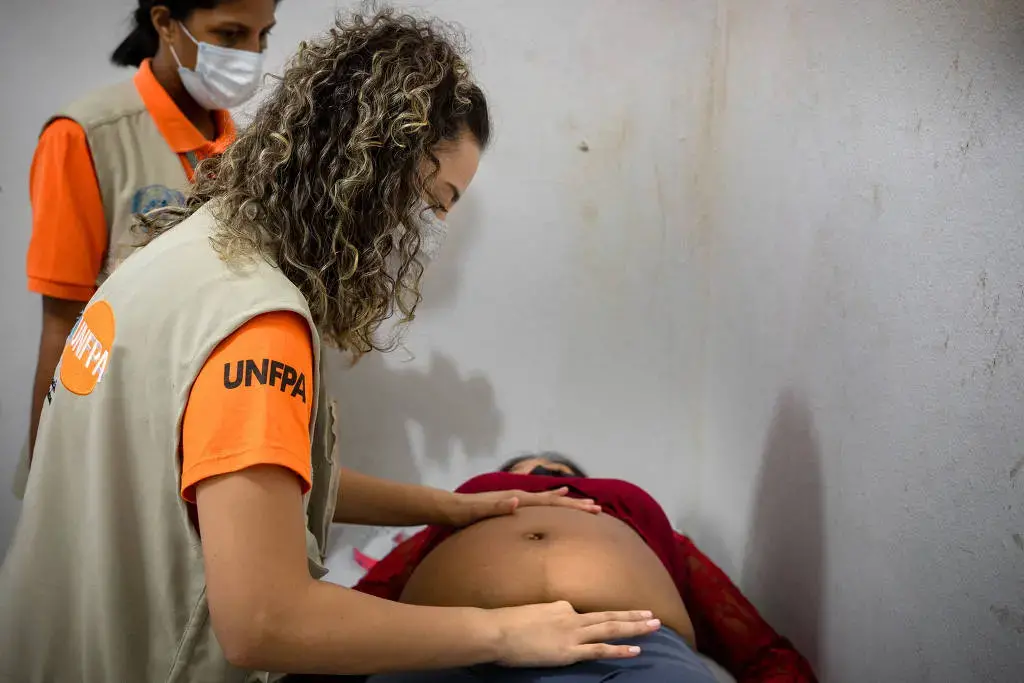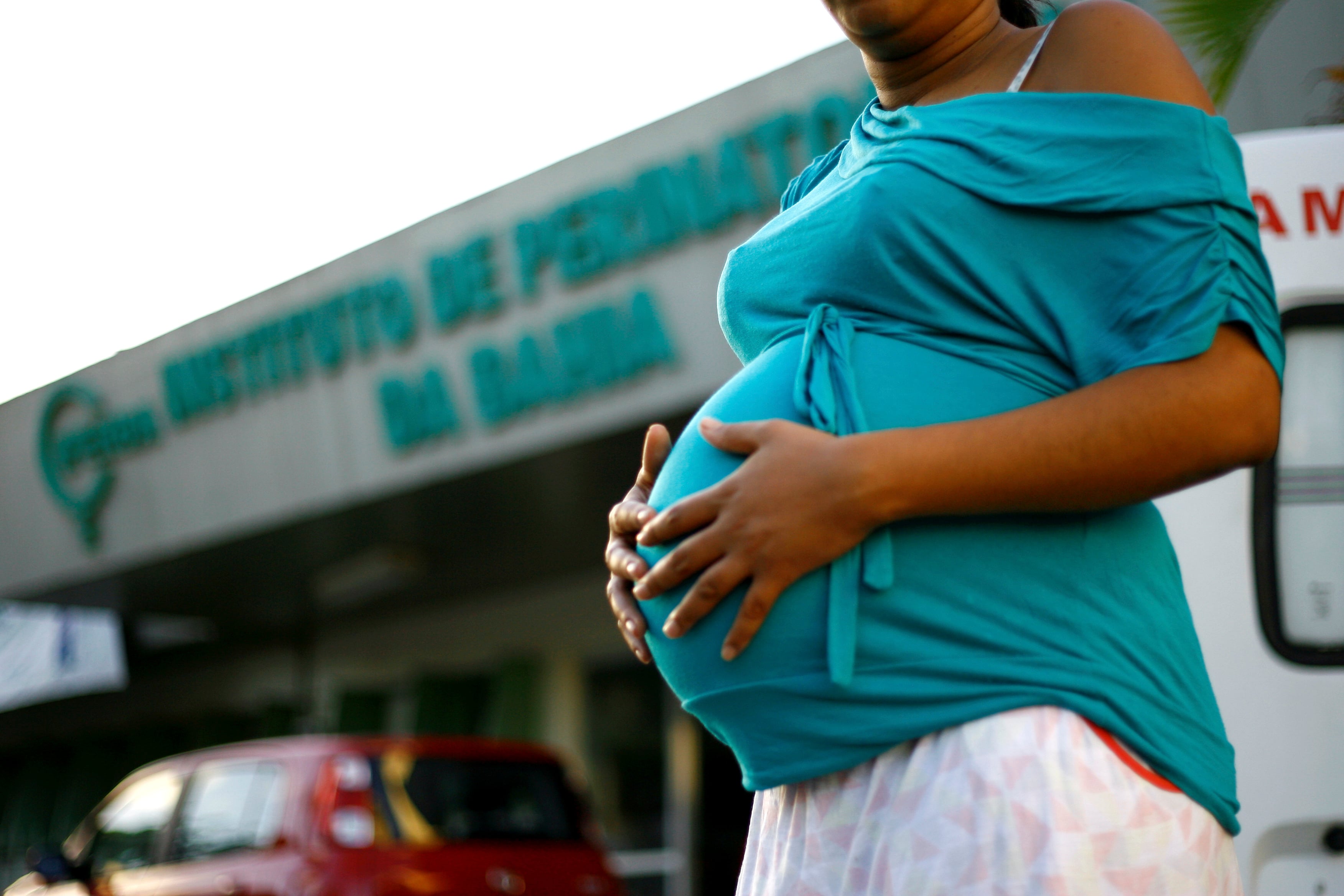
Para ler este relatório em português, clique aqui.
InCor initiative in partnership with the Ministry of Health analyzes daily clinical conduct in high-risk pregnancies
From a telemedicine office room at InCor ( Heart Institute), in SP, doctors Larissa Talharo, an intensivist, and Danielle Albernaz, an obstetrician, discuss the case of a pregnant woman in the ICU of the Hospital Materno Infantil Francisco de Assis, in Cachoeiro do Itapemirim (ES), more than 800 km away.
At the hospital in Espírito Santo, there is a team led by obstetrician Inara Dardengo, who sends to colleagues the clinical, laboratory, and imaging data of a patient named Charline, 34. In the 29th week of pregnancy, she has pre-eclampsia, one of the causes of maternal mortality.
Charline's baby weighs 950 grams (2.1 pounds). The doctors at InCor ask for the patient's parameters in the last 24 hours, such as temperature, heart rate, blood pressure, and saturation, and suggest adjustments in medications and a new ultrasound to evaluate the baby. "This daily exchange, which happens also on weekends, improves the prognosis of patients and gives more confidence to professionals," says Dardengo.
The Francisco de Assis hospital is part of the SUS network, in 11 states, which participates in the obstetric teleUTI ( teleUCI) program, coordinated by InCor and funded by the Ministry of Health. In the first six months, the initiative reduced maternal mortality in the ICUs of these institutions by 47.6%: from 267 deaths per 100,000 live births to 140.
From April 2022 until last month, there were 51 discussions regarding patients admitted to the ICUs. Hypertension accounts for 37% of the demands. Today the average fatality rate of pregnant women in these hospitals is 5%, compared to developed countries.
The program provides training and daily clinical discussions between professionals from InCor and partner hospitals. "It's necessary to train the teams. If I connect here with there and I'm just giving orders, it doesn't work," says pulmonologist Carlos Carvalho, professor at USP (University of São Paulo), director of the division of pulmonology at InCor, and one of the coordinators of the teleUTI.
The program emerged in 2021, when the country doubled maternal mortality, going back to the levels of 25 years ago. At the time, InCor had one adult teleUTI that supported public hospitals in the management of critical patients.

The Hospital das Clínicas in São Paulo had already set up an ICU, with intensivists and obstetricians. And they saw maternal mortality drop from 10% to 5%, while the country's average was 23%, according to obstetrician Rossana Pulcineli Francisco, a professor at USP and also a coordinator of the obstetric teleUTI.
In partnership with the IDB and the Ministry, the virtual service started with five states. In April 2022, a new agreement was signed with the Ministry of Health, which chose 11 states to be included in the program —Rondônia, Pernambuco, Goiás, Ceará, Mato Grosso do Sul, Espírito Santo, Paraíba, Amazonas, Piauí, Alagoas, and Minas Gerais.
According to Carvalho, a factor for the high maternal mortality during the pandemic was the anticipation of childbirth. "C-sections were performed during an extensive inflammatory process."
Hospitals received training on lower-risk sedatives for pregnant women, the best way to intubate and place them in the prone position, and adjustments to mechanical ventilation.
Even today there are issues involving pregnant women, says Rossana Pulcineli Francisco. This explains, in part, why women are dying more after giving birth. In 2018 and 2019, 64% of maternal deaths occurred during postpartum. In 2000, 70%, and in 2021, 74%, according to OOBr (Brazilian Obstetric Observatory).
The program expires in April, but, according to Helvécio Miranda Magalhães Júnior, Secretary of Specialized Care at the Ministry of Health, it will be renewed.
Translated by Cassy Dias







